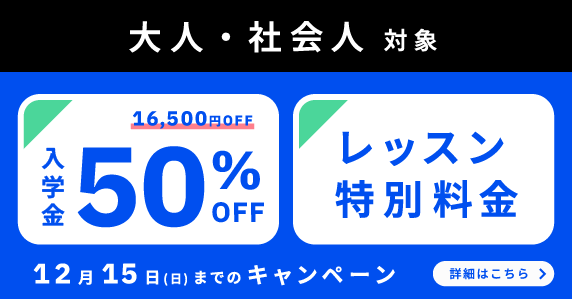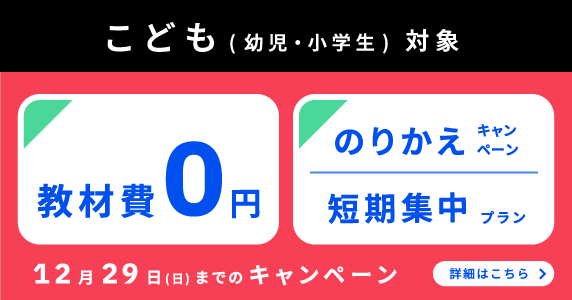Monroe’s Motivated Sequence and Non-sales Selling
In a recent study the acclaimed author Daniel Pink, highlighted the fact that one in every nine workers in the US is directly involved in sales of some kind. Even more interesting was the accompanying discovery that of the other eight, an average of 40% of their time is spent on what he terms ‘non-sales selling’. But what is non-sales selling and why is it important in today’s global business environment?
Non-sales selling is essentially practicing effective influence and persuasion techniques. Whether we like it or not, all of us are involved in sales these days. We are selling our ideas and seeking the buy-in of the stakeholders whose support we need to ensure that our ideas gain traction. When you make a presentation at your company, can you do so in a way that will make people clearly see the benefits of the position that you are espousing?
There are many effective ways of improving your ability to persuade others in these kinds of situations. One such method is Monroe’s Motivated Sequence first proposed by American university professor, Alan H Monroe in the 1930s. In the intervening period this persuasion method has stood the test of time and is still commonly used today.
His model for persuasive “calls to action” is divided into five steps as highlighted below.
1. Attention
Get the audience’s attention. If you can’t capture the audience’s attention at the beginning of the presentation, it is very difficult to offer a persuasive argument. How do you persuade an audience which isn’t even listening? You can successfully hook your audience with a rhetorical question, an interesting fact or an alarming statistic.
Ex. “Did you know that 80% of new businesses fail in the first 18 months?”
If you were in the process of starting your own business, wouldn’t that statistic make you sit up and take notice?
2. Need
Demonstrate that there is a problem which needs to be addressed. If we can’t establish that something needs to be changed, it is going to be very hard to obtain our audience’s buy-in. Why would anyone want to listen to our solution to a problem which we haven’t convinced them even exists?
Ex. “In order for our business to survive and even thrive, we need to find a way to communicate effectively with our customer base. Our customers are clearly telling us that we need to respond to their needs faster. If we can’t do this we will join the ranks of the 80% business failures.”
3. Satisfy
Present a solution or a recommendation that will address the problem. Once we have established that a need exists, we need to present a credible solution that our audience will find satisfying.
Ex. “We can only improve communication with our customer base by extending the reach of our online marketing thereby allowing our customers to tell us what they want from us. Today I am proposing the introduction of a new online marketing tool which I firmly believe will revolutionize the way we communicate with our customers.”









